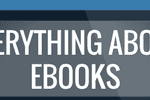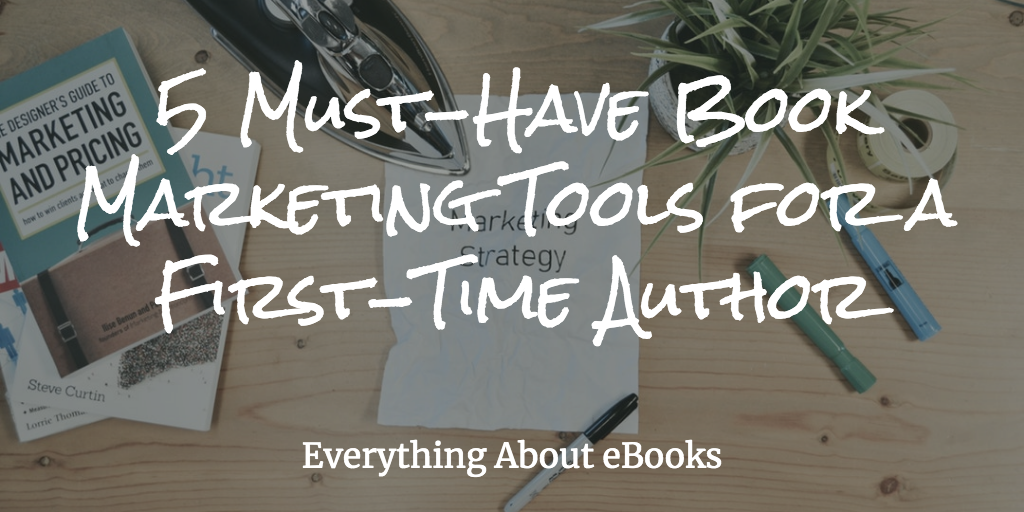Authors constantly seek the best book promotion tools, especially since virtual marketing options change and appear almost daily. In this guest post, award-winning former publicist Sandra Beckwith (@sandrabeckwith) provides five tried-and-true book marketing techniques for you to try.
What’s one of the first things you do when starting crafting or home improvement project?
If you’re like me, you figure out how to do it – which is often as easy as reading the directions – and you line up all the tools you need to do it.
My last successful craft project was a Halloween candy corn door wreath. I made sure I had everything I needed before starting – newspaper to cover my work surface, a Styrofoam wreath and decorative ribbon, a big bag of candy corn, a glue gun, and lots and lots of glue sticks.
It works kind of the same way when marketing your first book – you need to know how to do to it and what tools you’ll need. You want the first-time author’s equivalent of a Styrofoam wreath and glue gun.
As for learning the “how” part, there’s lots of training available for that. The tools? Go for those that will take you the farthest the fastest. They will be there for you when you’re ready to launch your next book, and the one after that, too.
Here are five of the best. Each contributes in a unique way.
These aren’t the only tools you’ll need, of course, but they’re the ones that will help you build a solid foundation for your book marketing success.
-
A book marketing plan
This is the map that will take you from no sales at all to where you want to go – sales success by your definition.
Take the time to learn about book marketing, then write a plan that incorporates tasks that will help you get your book title in front of the people who are most likely to buy and love it. Build your plan around:
- Your book’s target audience.
- The tactics that will reach your target audience.
- Your skills.
- The time you have available.
- Your budget.
The end result should detail your goals, how you will reach them, how long it will take, and what you’ll spend.
-
A website
Just this week I received an email from a new author asking me, “Do I need a website or a Facebook page?”
The answer is that it’s not an either/or situation. A Facebook Page is not a substitute for a website. If Facebook disappears tomorrow, your online presence will go with it.
A website is essential in today’s online-driven marketplace. Ideally, you’ll have not only the bare minimum — information about you and your book(s) — but a blog, an email opt-in form that helps you start building your list by offering a free gift in exchange for that email address, and a book excerpt (fiction) or table of contents (nonfiction), too.
Your site doesn’t need a lot of glitz and glamour, but it does need to look and feel as good as your book. Find a few that you like and use them as role models.
Hire a pro if you can — it will make a difference. D-I-Y sites are rarely as attractive and effective as one created by someone who does it for a living. -
An optimized Amazon page
Since most books purchased online are bought on Amazon, you want to make sure you’ve got that piece figured out.
If you have a publisher, that company will control your Amazon page, but that doesn’t mean you can’t provide input and request changes. If you’re self-published, there’s no middleman — you’re responsible for everything that’s there.
Here’s a quick checklist:
- Select the right category by drilling down in the category list rather than selecting the umbrella category (see example image on the right).
- Include a detailed book description that’s engaging and accurate and includes the keywords readers will type into Amazon’s search bar to find books like yours.
- Enable the “Look inside” function.
- Pursue reader reviews.
-
A whizbang, knock-em-dead book announcement e-mail message
All you’ve talked about for the past year (or two, or four) is the book you’ve been writing. Now you want to tell everyone in your e-mail address book that it’s finally published and available.
Be careful about how you share the news, though. You don’t want to overwhelm or annoy them, and you certainly don’t want to guilt them into buying your book.
Pro tip: People don’t really care that you’ve fulfilled a lifelong dream. Remember to emphasize what the book will do for them, not what it’s done for you.
-
A press release that announces your book
You plan on sending out review copies, right? Every time you send a review copy, whether it’s an ebook or a printed copy, you want to include a press release that announces your book’s publication and describes what readers will find in the book.
It is the most essential author publicity tool because it has so many uses.
There are other tools you might want in your toolkit, too, including an email list and a Facebook page. But if your time is limited (and whose isn’t?), you can be assured that these essentials will work hard on your book’s behalf.
Which of these five will you start with to help readers discover your book?
Click here to view the original web page at writenonfictionnow.com

